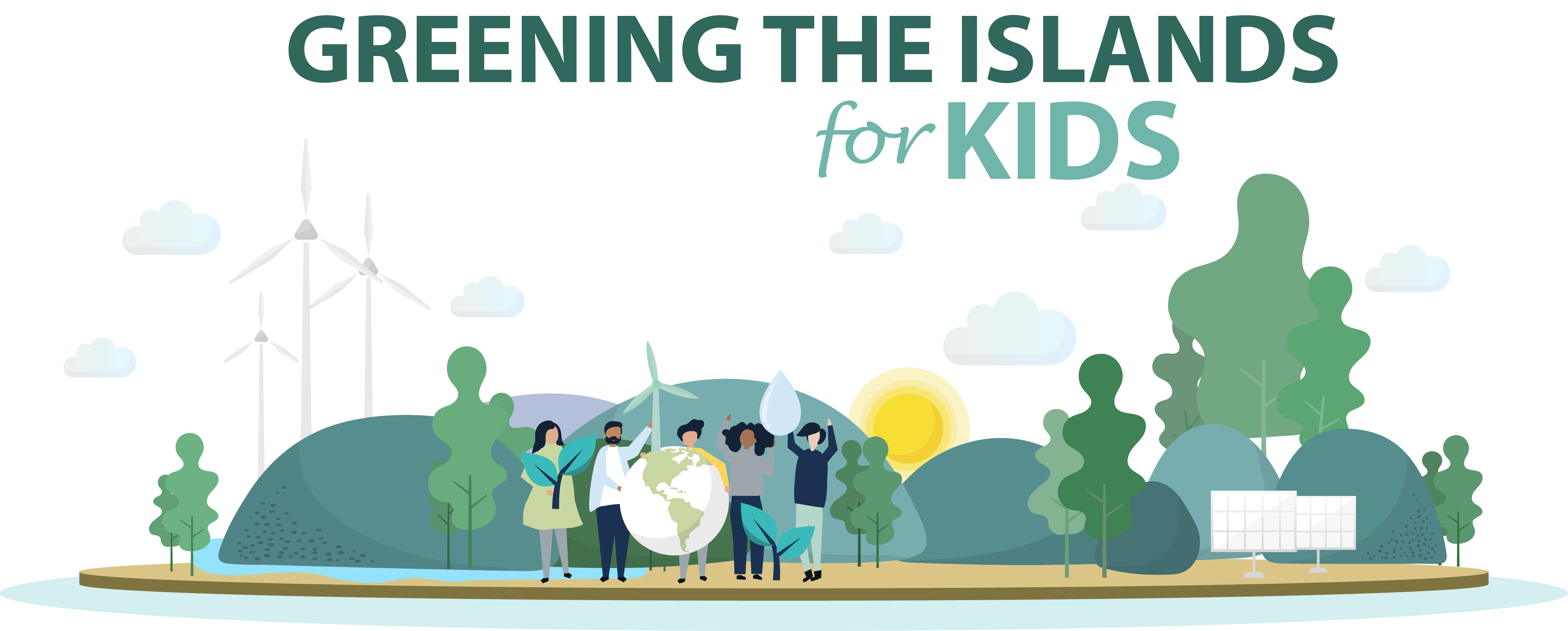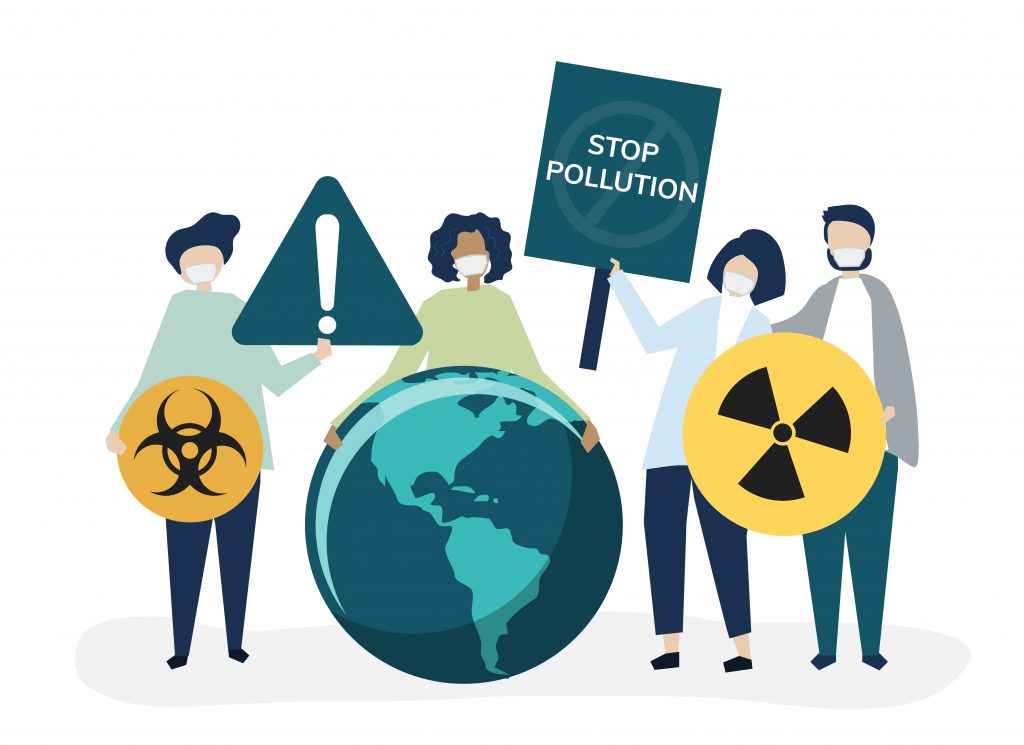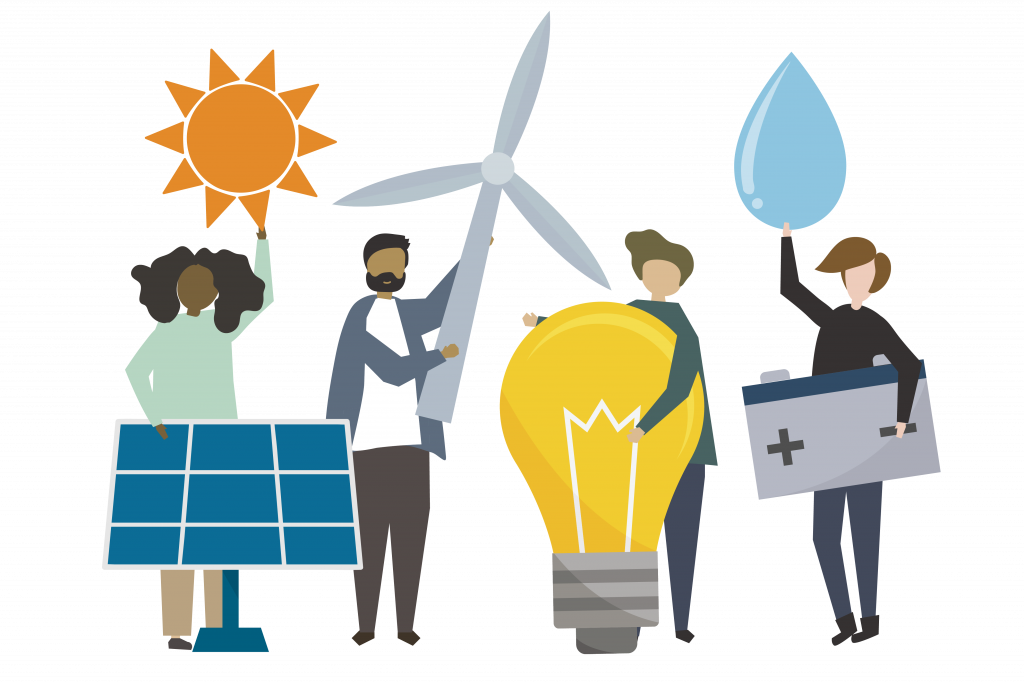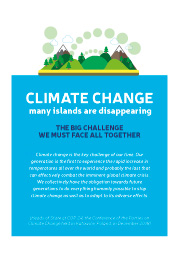“Climate change is the key challenge of our time. Our generation is the first to experience the rapid increase in temperatures all over the world and probably the last that can effectively combat the imminent global climate crisis. We collectively have the obligation towards future generations to do everything humanly possible to stop climate change as well as to adapt to its adverse effects”.
(Heads of State at COP 24, the Conference of the Parties on Climate Change held in Katowice, Poland, in December 2018)









